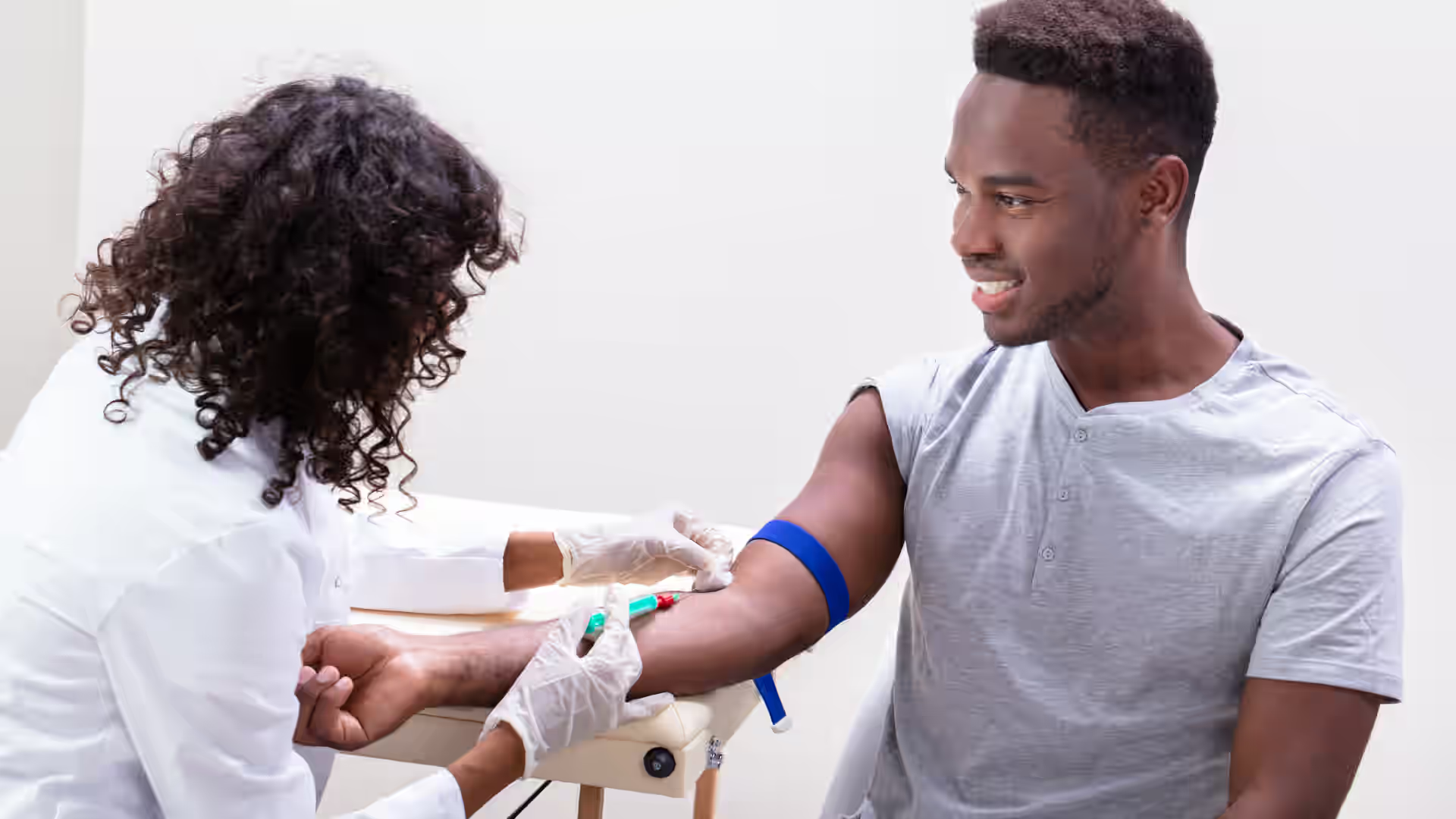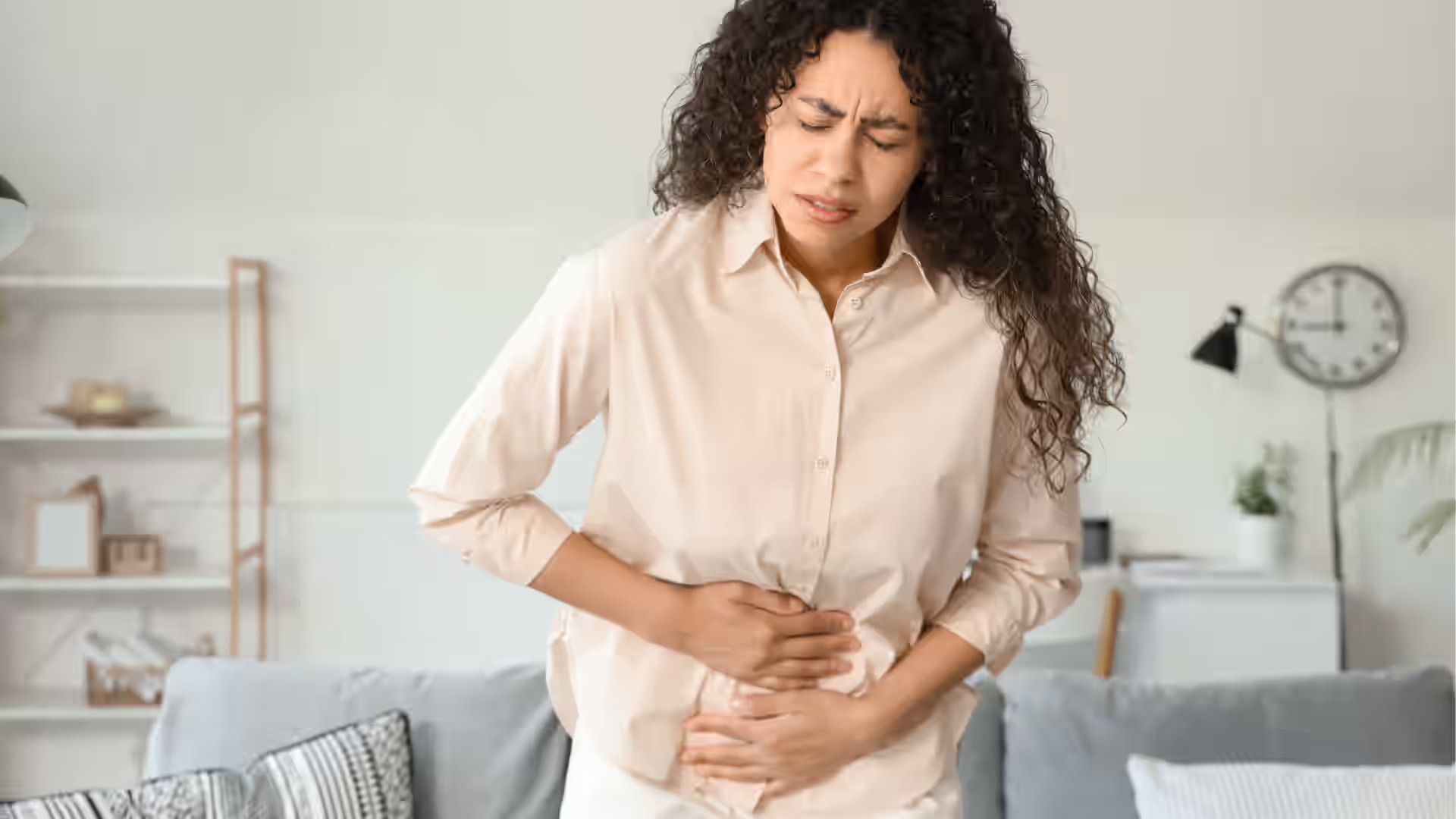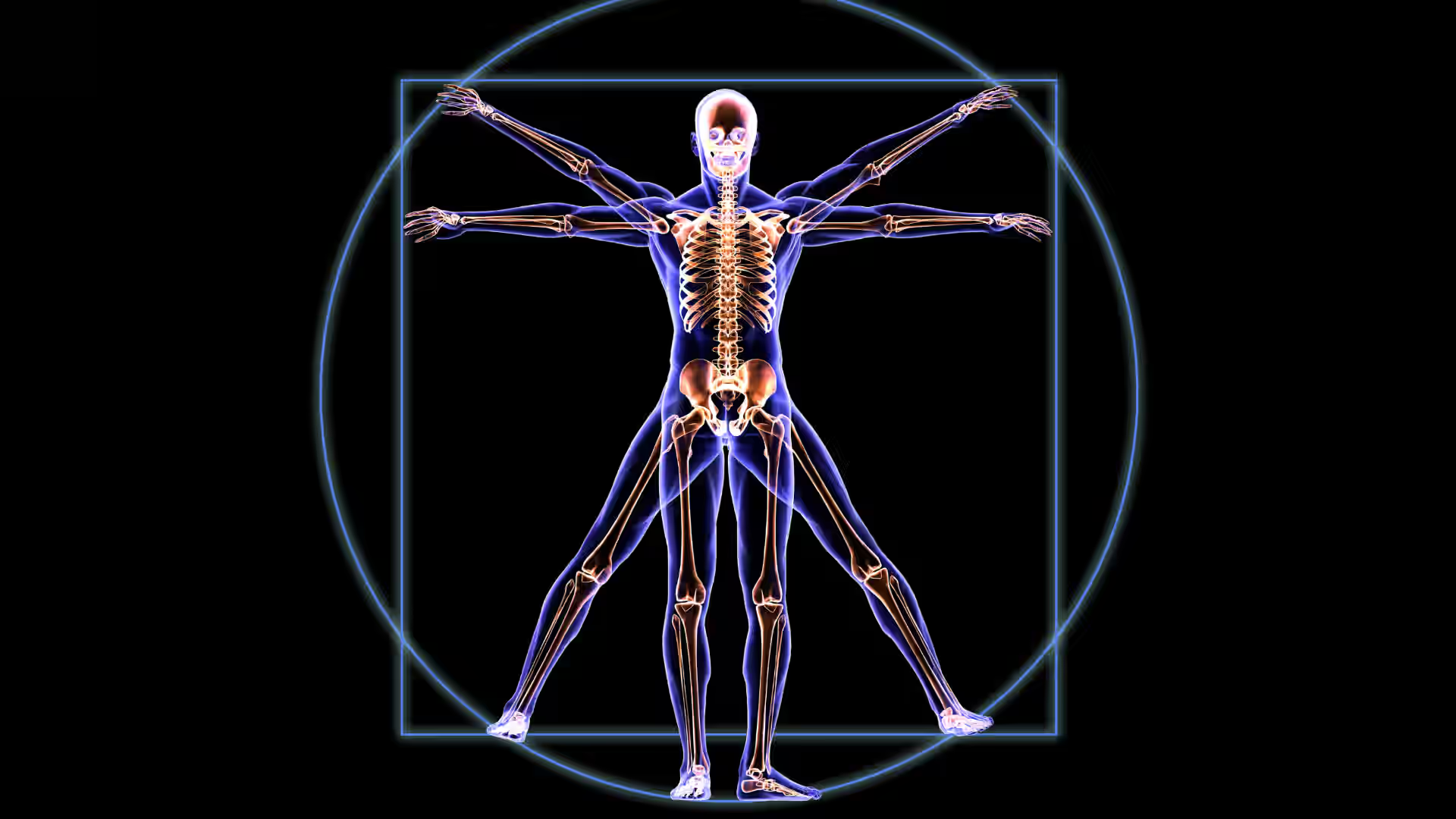Imagine enjoying a peaceful day outside when—zap!—a sharp sting stops you in your tracks. You’ve just been stung by a wasp. What you do next can significantly affect how quickly you heal and whether the reaction stays mild or becomes serious.
Wasp stings are common in the outdoors, especially during the warmer months. For most people, a sting is painful but manageable. However, for some, it can lead to a severe allergic reaction. Knowing how to treat wasp stings and when to get medical help can keep you safe.
This guide explains what happens during a sting, how to treat it at home, what to watch for in severe cases, and how to prevent future stings.
[signup]
Understanding Wasp Stings
Before treating a wasp sting, it's helpful to understand what's happening in your body.
What Happens When a Wasp Stings
When a wasp stings, it injects venom into your skin through a sharp stinger. This venom contains chemicals that cause pain, redness, and swelling. Unlike bees, wasps don't lose their stinger, so they may sting multiple times.
Symptoms of Wasp Stings
Common symptoms after a wasp sting include:
- Sharp, burning pain at the sting site
- Redness and swelling
- Itching or warmth in the area
These symptoms typically improve within a few hours to a few days, but can sometimes remain for days.
Recognizing and Managing Severe Reactions
In some people, wasp stings can trigger a serious allergic reaction called anaphylaxis, which requires immediate medical attention.
Signs of Anaphylaxis
Call 911 or seek emergency care if any of these signs or symptoms occur following a wasp sting:
- Swelling of the face, lips, or throat
- Difficulty breathing or wheezing
- Rapid heartbeat or chest tightness
- Dizziness or fainting
- Hives spreading away from the sting site
When to Seek Emergency Medical Care
- If symptoms spread rapidly beyond the sting site
- If a person has a known allergy to insect stings
- If a person is stung multiple times at once
Using Epinephrine Auto-Injectors
People with severe sting allergies may carry an EpiPen or other epinephrine auto-injector. Use it at the first sign of a severe reaction, then call for emergency help.
Follow-up Care After a Severe Reaction
After emergency treatment, follow up with your primary care doctor or an allergist. Consider venom immunotherapy, which may reduce allergic reactions in the future.
Delayed Reaction
In rare cases, a delayed allergic reaction called serum sickness can occur days after a wasp sting. Symptoms may include fever, joint pain, rash, and swollen lymph nodes. This reaction is caused by the immune system’s response to venom proteins and typically appears 4 to 10 days after the sting. If you experience these symptoms, contact a healthcare provider for evaluation and treatment.
Differentiating Wasp Stings from Other Insect Stings
Wasp stings tend to feel sharper and more painful than mosquito bites or ant bites. Compared to bee stings, wasp stings don't leave the stinger behind and may occur more than once in the same encounter.
Table: Comparison of wasp, bee, and hornet stings.

Immediate Wasp Sting Treatment
Quick action right after a sting can reduce pain and swelling and reduce the risk of complications.
First Aid Steps for Wasp Stings
- Move away from the area to avoid additional stings. Wasps can sting multiple times.
- Stay calm—panic can worsen the body's reaction.
- Check for a stinger (usually not present with wasps).
- If a stinger is present, remove it by gently scraping with a credit card or fingernail. Avoid using tweezers, which can squeeze more venom into the skin.
Clean and Disinfecting the Sting Site
- Wash the area with soap and water to reduce the risk of infection.
- Pat dry with a clean towel.
- Apply a disinfectant or antiseptic wipe if available.
Applying Cold Compresses and Elevation
- Apply cold water or an ice pack wrapped in a clean cloth or towel to the affected site. Apply for 10–15 minutes to reduce swelling and pain.
- Elevate the area affected above your heart. This can help minimize swelling.
Home Remedies for Wasp Sting Relief
After immediate care, home treatments can help relieve ongoing symptoms.
Over-the-Counter Pain Relievers
Pain and inflammation can be reduced by over-the-counter medications like:
- Ibuprofen (Advil, Motrin)
- Acetaminophen (Tylenol)
Antihistamines for Itching and Swelling
Antihistamines like diphenhydramine (Benadryl) or loratadine (Claritin) may reduce itching, redness, and mild allergic responses.
Topical Treatments
Topical medications that can be applied to the sting site include:
- Hydrocortisone cream (anti-itch and anti-inflammatory)
- Calamine lotion (soothes skin and dries blisters)
Natural Remedies
Some people find relief with remedies such as:
- Baking soda paste (mix with water and apply)
- Aloe vera gel (cooling and soothing)
- Honey (antibacterial and anti-inflammatory)
Prevention Strategies
While you can't avoid every wasp, simple steps can help reduce the risk of stings.
Avoiding Wasp Encounters
- Stay away from garbage cans, uncovered food, and sugary drinks
- Be cautious around flowers, fruit trees, and outdoor dining areas
- Don't swat at wasps and move away slowly
Proper Attire for Outdoor Activities
- Wear light-colored clothing
- Avoid floral prints or strong perfumes
- Use closed-toe shoes when walking in grass or wooded areas
Safe Removal of Wasp Nests
- Never attempt to remove a nest on your own
- Contact a professional pest control service to handle nests safely
- Don’t disturb nests with loud noises, vibrations, or yard equipment
Using Insect Repellents Effectively
Products with DEET, picaridin, or essential oils like citronella may help deter insects. Apply according to label instructions, especially on exposed skin and clothing.
Special Considerations
Some situations require special care when managing wasp stings.
Treating Wasp Stings in Children
- Monitor closely for allergic reactions, especially after a first-time sting.
- Use children's doses of medications when appropriate
- Provide comfort and distraction during treatment
- Contact your child's healthcare provider for additional guidance, especially for first-time and/or multiple stings.
Managing Wasp Stings During Pregnancy
- Many over-the-counter treatments are safe, but always consult your doctor for guidance.
- Seek care promptly if symptoms worsen or if multiple stings occur
Wasp Stings in Pets
Dogs and cats may try to swat or bite wasps and get stung. Signs of a sting include limping, swelling, or pawing at the face. Contact your veterinarian if your pet shows signs of distress or allergic reaction.
Multiple Stings: When to Worry
Even without a known allergy, multiple stings (more than 10) can cause:
- Nausea
- Headaches
- Swelling beyond the sting site
Seek medical help immediately, especially in children or elderly individuals.
Frequently Asked Questions (FAQs)
Q: How long does a wasp sting typically last?
Most wasp stings cause pain, swelling, and redness that lasts a few hours to a few days. Symptoms usually improve with basic home care.
Q: Can I develop an allergy to wasp stings later in life?
Yes. Even if you've never reacted before, it’s possible to develop an allergy after repeated stings. Talk to a healthcare provider if you notice unusual symptoms.
Q: Are there any long-term effects of wasp stings?
Most stings heal completely, but in rare cases, some people may experience prolonged swelling or skin discoloration. Severe reactions may require medical follow-up.
Q: How can I tell if I'm allergic to wasp stings?
Signs may include hives, swelling beyond the sting site, difficulty breathing, or dizziness. These may indicate a serious reaction (anaphylaxis) and require immediate medical care.
Q: What should I do if I get stung inside my mouth or throat?
Seek emergency medical attention immediately. Swelling in these areas can block the airway and become life-threatening.
[signup]
Key Takeaways
While wasp stings can be painful and potentially dangerous, being prepared with knowledge and the right tools can significantly reduce risks and discomfort.
- Wasp stings inject venom that causes immediate pain, swelling, and redness—unlike bees, wasps can sting multiple times.
- First aid includes moving to safety, cleaning the sting site, and applying a cold compress to reduce pain and swelling.
- Over-the-counter treatments like ibuprofen, antihistamines, and hydrocortisone cream can help relieve symptoms at home.
- Natural remedies such as baking soda paste and aloe vera may offer mild relief, but should not replace medical care when symptoms are severe.
- Watch for signs of a serious allergic reaction, such as trouble breathing, hives, or swelling of the face or throat—call 911 immediately if these occur.
- Prevent stings by avoiding known wasp areas, wearing protective clothing, and safely removing nests through professionals.
- Special care is needed for children, pregnant individuals, and pets, and anyone with a history of severe reactions should carry an epinephrine auto-injector.





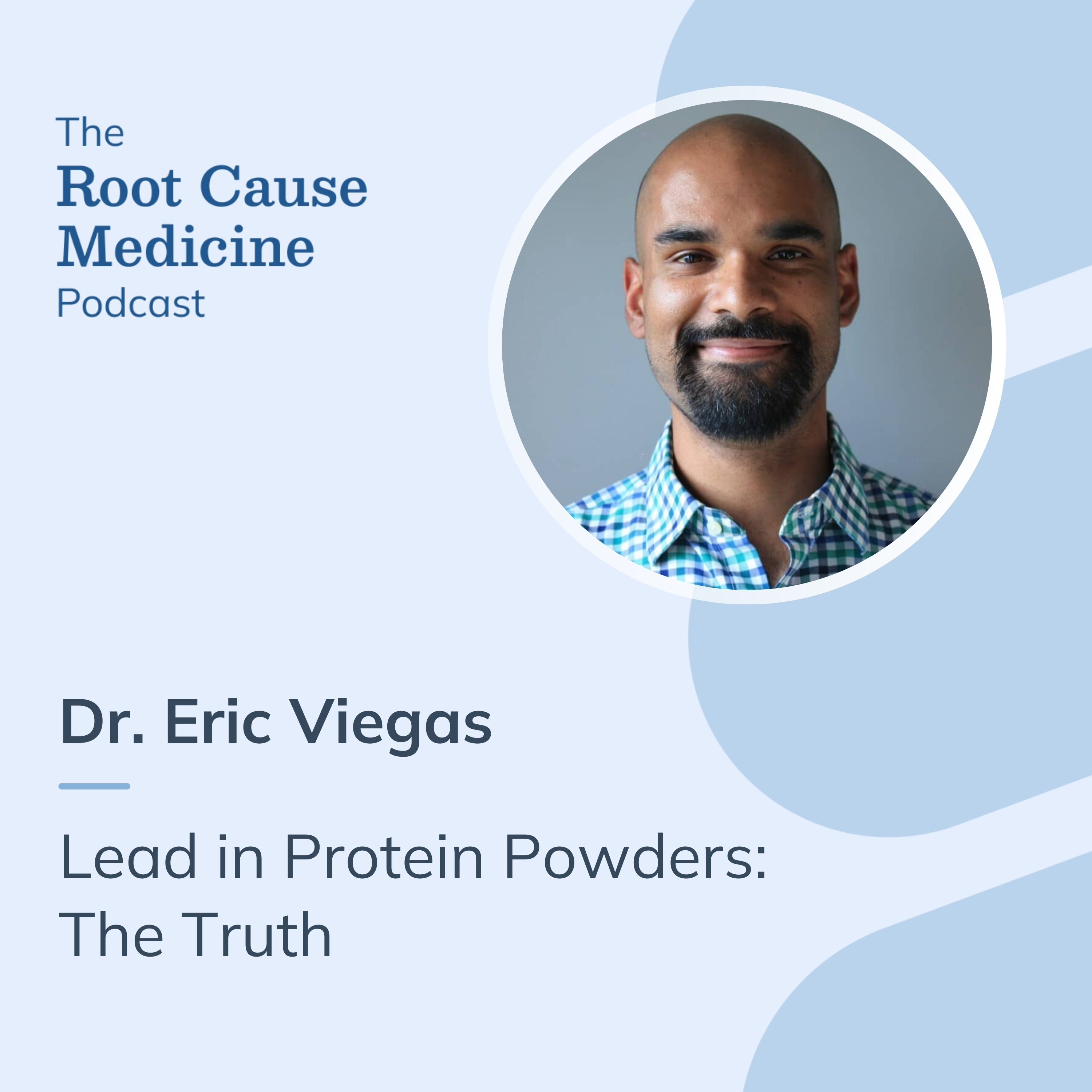

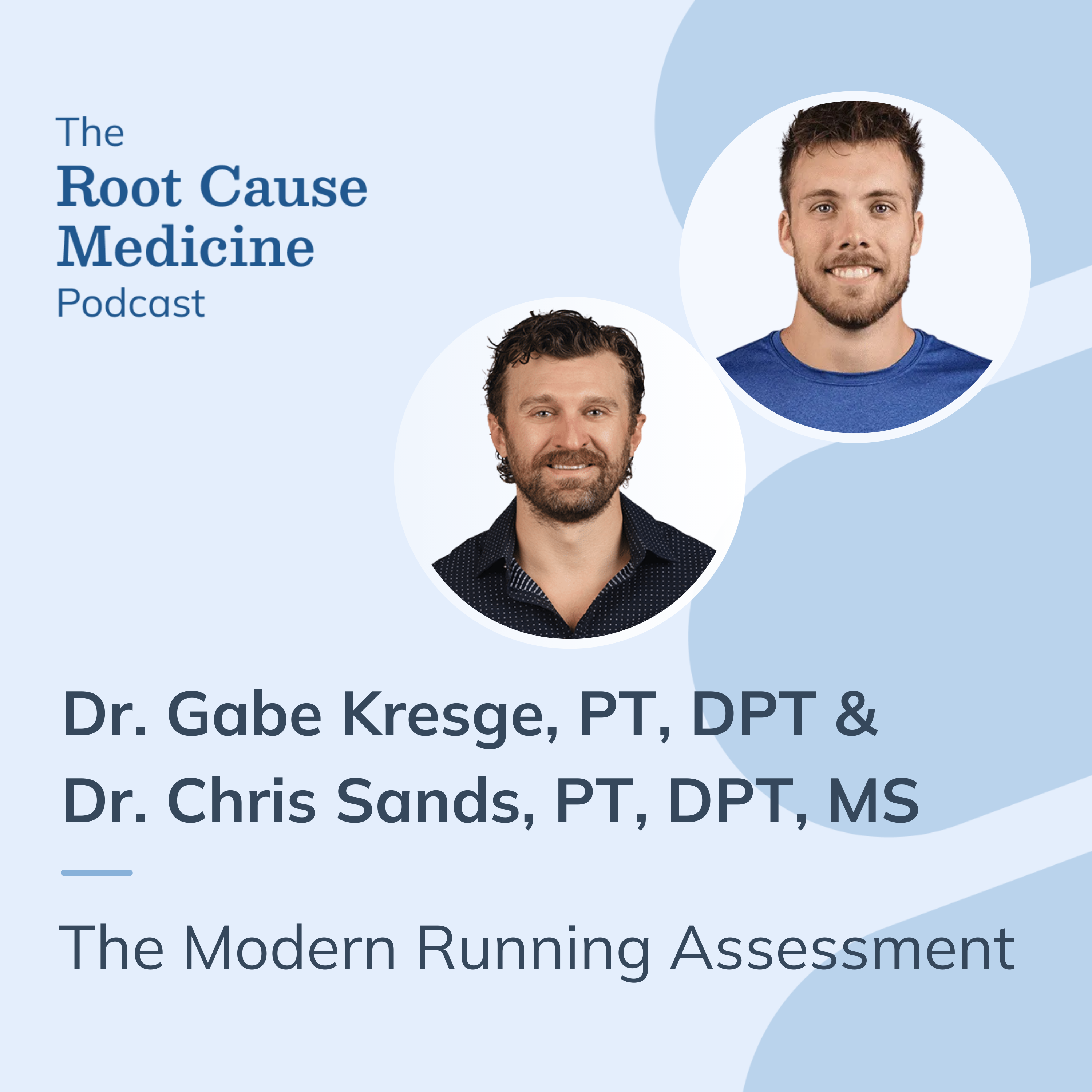
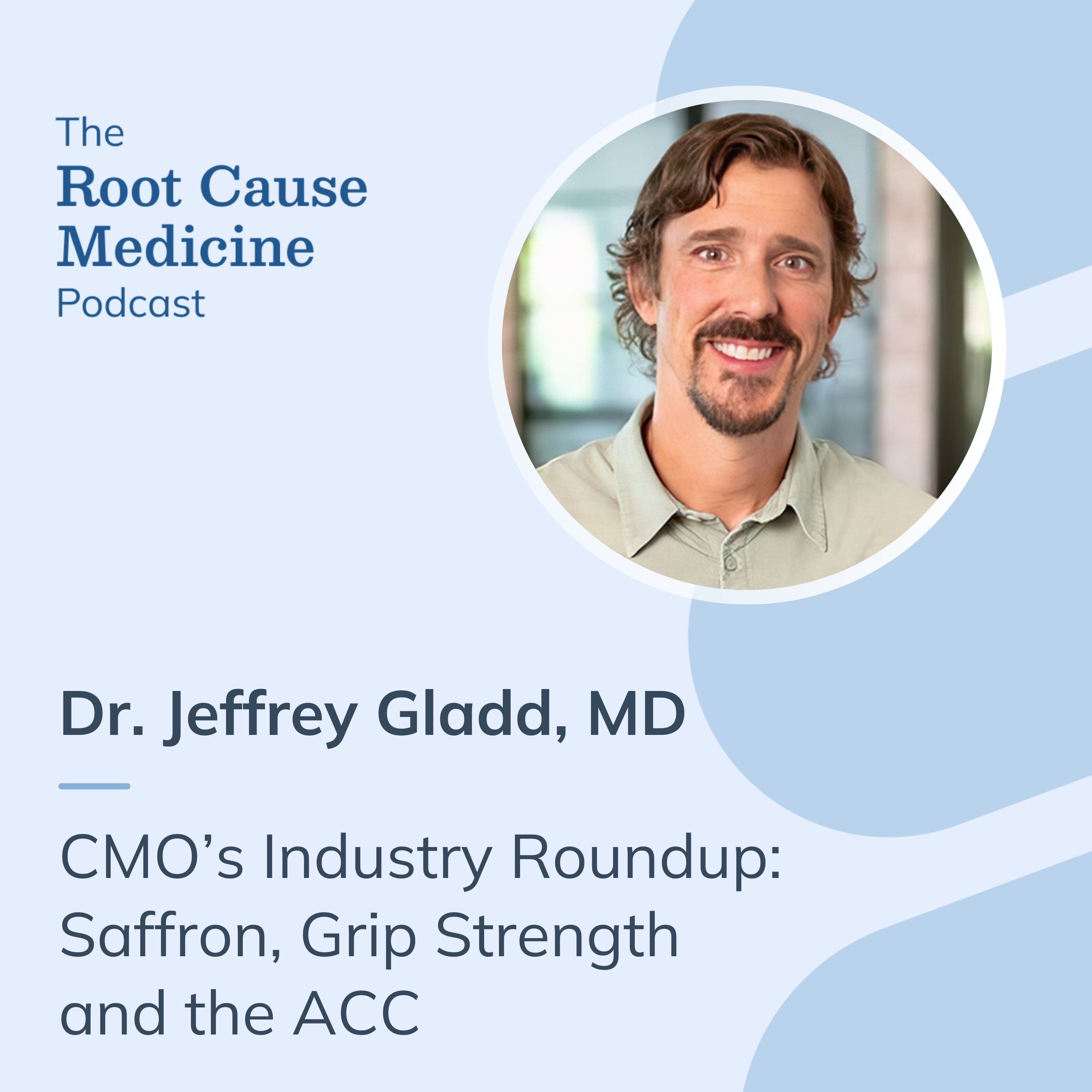
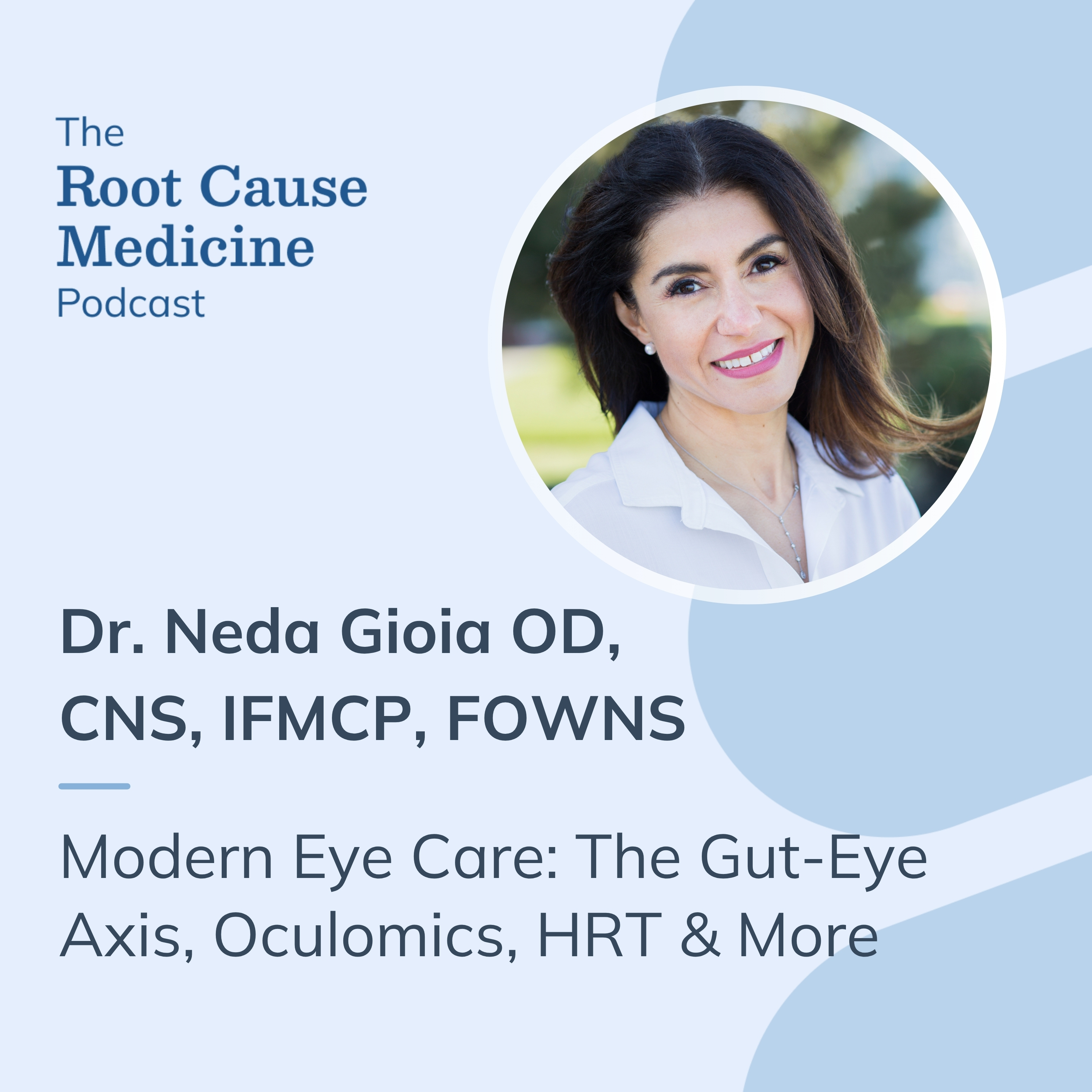


%201.svg)




